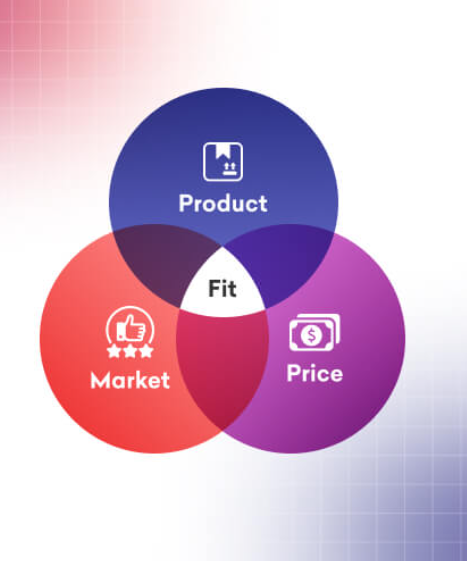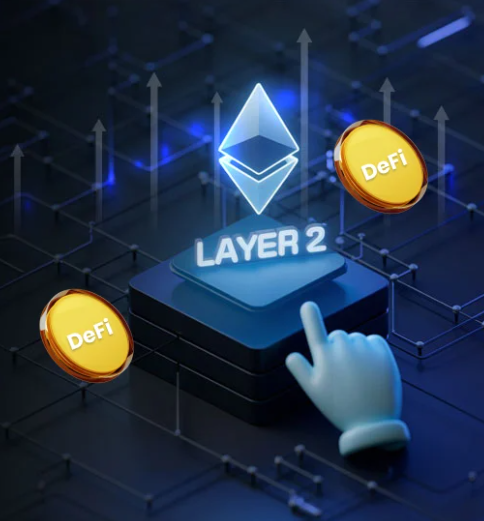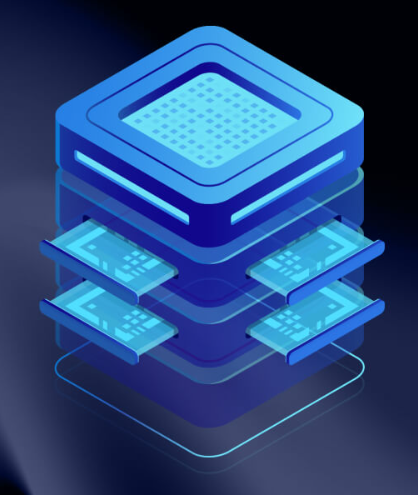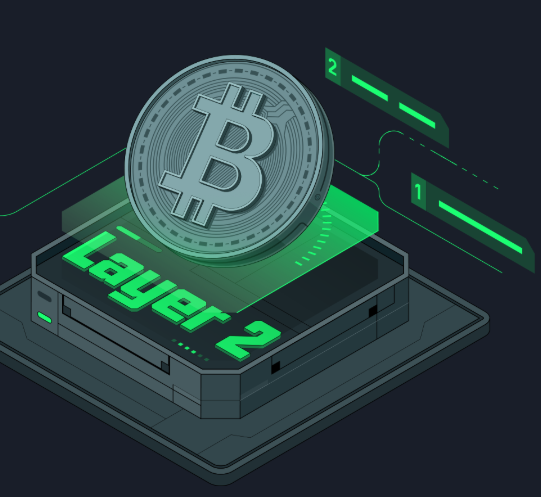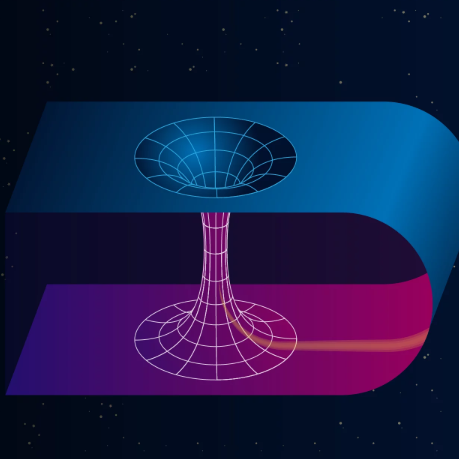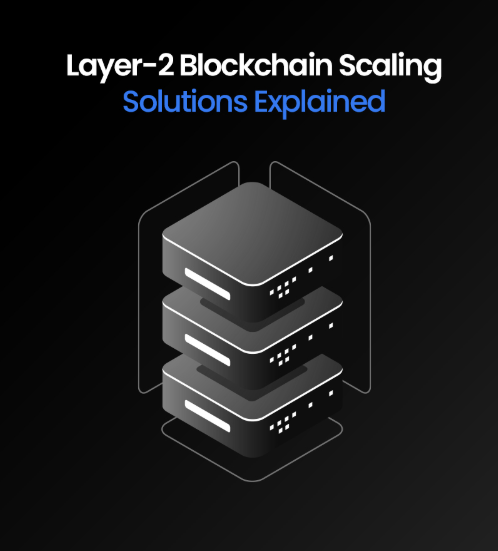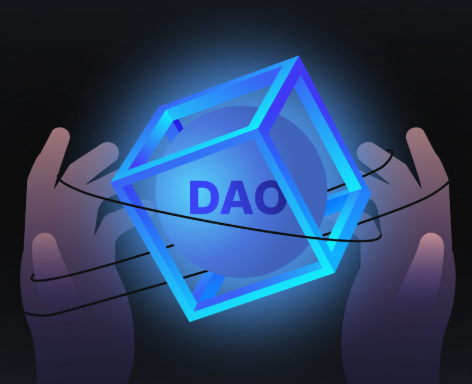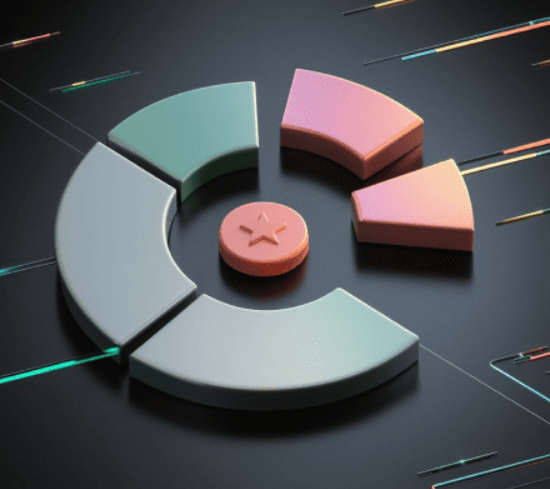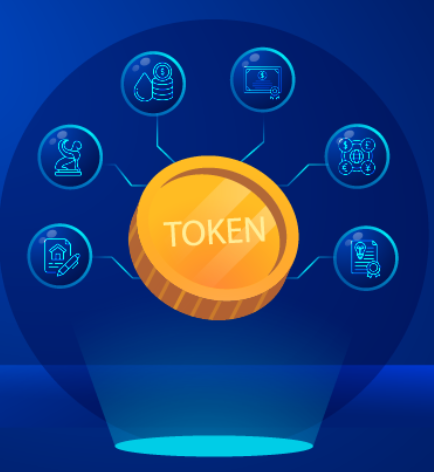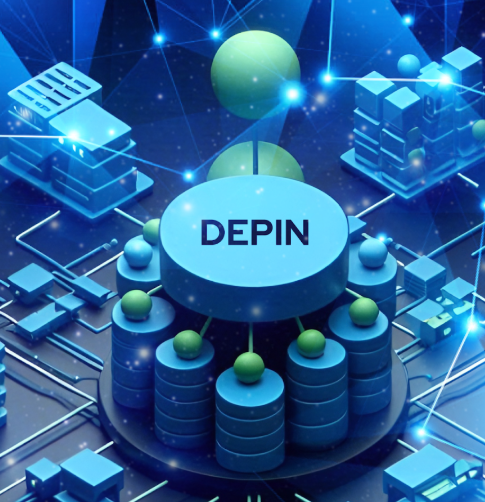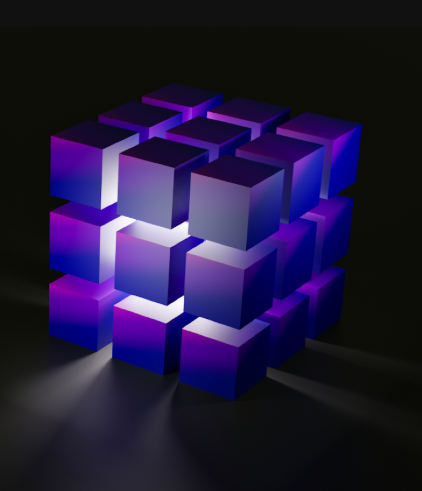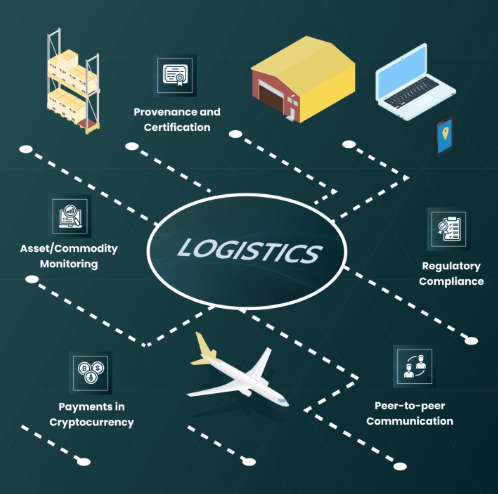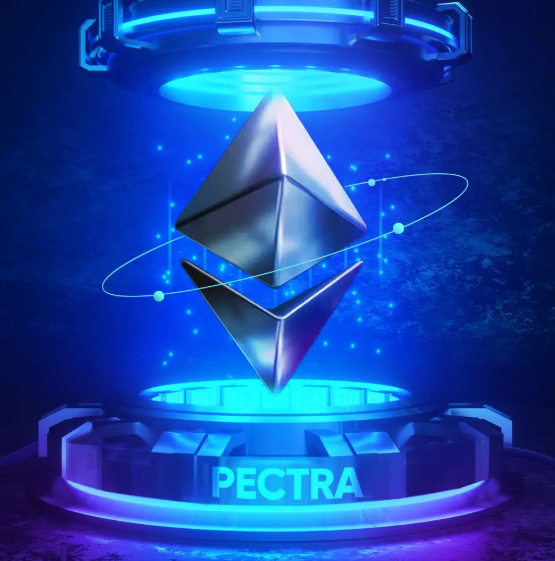
Blockchain technology has revolutionized sectors ranging from finance to supply chain management, offering enhanced security, transparency, and decentralization. However, as blockchain adoption grows, traditional systems are facing significant challenges, particularly around scalability, efficiency, and flexibility. Modular blockchain architecture has emerged as a promising solution to these issues, offering a way to scale blockchain systems without sacrificing security or decentralization.
In this article, we’ll dive into how modular blockchains work, why they are necessary, and explore the key layers that make up their structure. We will also look at how modular blockchain systems differ from traditional monolithic designs and their potential to address blockchain scalability concerns.
Challenges of Traditional Monolithic Blockchains
To understand why modular blockchain architecture is so crucial, we first need to explore the limitations of traditional monolithic blockchains like Bitcoin and Ethereum.
What Are Monolithic Blockchains?
Monolithic blockchains manage all core functions—including transaction execution, consensus, data availability, and sometimes settlement—within a single, integrated system. This tightly coupled design ensures that every node in the network processes and validates each transaction, providing a high level of security and decentralization.
Challenges Faced by Monolithic Blockchains:
- Scalability Issues: As more users and transactions flow into the network, the system can become congested, causing delays and higher transaction fees.
- High Hardware Demands: Running a full node requires substantial computational resources, limiting the number of participants and potentially causing centralization.
- Limited Flexibility: The tight coupling of components makes it difficult to upgrade or modify parts of the system, as even small changes can affect the entire blockchain.
Introducing Modular Blockchains
Modular blockchains address these problems by breaking the blockchain into distinct, specialized layers. Each layer handles specific tasks, allowing the overall system to scale efficiently while maintaining high levels of security and flexibility.
Separation of Concerns
The key advantage of modular blockchains lies in their ability to separate concerns. By decoupling blockchain components into specialized layers, modular blockchains allow each layer to evolve and scale independently. This setup brings several benefits:
- Scalability: Layers can be optimized for specific tasks, allowing them to scale according to their individual needs.
- Flexibility: Changes can be made to one layer without impacting others, making it easier to adapt to new requirements.
- Efficiency: Specialized layers optimize performance for specific functions, enhancing the overall efficiency of the system.
The Core Layers of Modular Blockchains
Modular blockchains are typically composed of four primary layers, each serving a distinct role in the system. Let’s take a closer look at each one:
- Execution Layer
Function: The execution layer processes transactions and handles state changes. It performs the computational tasks of the blockchain, including executing smart contracts and processing user transactions.
How It Works: Users interact with the execution layer when sending transactions or deploying contracts. The execution layer computes the results but doesn’t necessarily finalize them on the main blockchain. These results are usually submitted to the settlement layer for validation.
Example: Rollups, such as Optimistic Rollups and ZK-Rollups, act as execution layers, processing transactions off-chain and submitting summarized data to the main blockchain. - Settlement Layer
Function: The settlement layer is responsible for verifying and finalizing transactions. It ensures the validity of transactions and provides finality, making transactions irreversible once confirmed.
How It Works: The settlement layer receives transaction summaries or proofs from the execution layer, validates them using cryptographic techniques, and updates the blockchain’s state accordingly.
Example: Ethereum Mainnet functions as a settlement layer for various Layer-2 solutions, validating batches of transactions. - Consensus Layer
Function: The consensus layer ensures agreement among network participants on the order and validity of transactions. It maintains the integrity of the network by preventing malicious activities like double-spending.
How It Works: Consensus algorithms, such as Proof of Work (PoW) or Proof of Stake (PoS), are used to validate proposed blocks and reach consensus. The consensus layer is fundamental to the security and reliability of the network.
Example: Tendermint BFT and Ethereum 2.0’s Beacon Chain serve as consensus layers for modular blockchain systems. - Data Availability Layer
Function: The data availability layer guarantees that transaction data and state updates are accessible to all network participants. This layer ensures that the required data is available for validation and future use.
How It Works: This layer stores transaction data and updates, allowing nodes to access and validate the blockchain state. It prevents data from being hidden by malicious actors, ensuring the transparency of the system.
Example: Celestia is a blockchain designed as a data availability layer, utilizing techniques like data availability sampling to ensure data is accessible to all participants.
How These Layers Work Together
While each layer of a modular blockchain serves a specific function, they must work together seamlessly to ensure the blockchain operates efficiently. Here’s a simplified workflow of how the layers interact:
- Transaction Initiation: A user submits a transaction to the execution layer.
- Processing: The execution layer processes the transaction and computes the new state.
- Result Submission: The execution layer submits a summary or proof of the transaction to the settlement layer.
- Verification: The settlement layer verifies the transaction using cryptographic proofs.
- Consensus: The consensus layer orders the transactions and agrees on the updated state.
- Data Storage: The data availability layer ensures the necessary data is available for future validation.
Solving the Blockchain Scalability Trilemma
The Blockchain Scalability Trilemma suggests that it’s difficult for a blockchain to simultaneously achieve decentralization, security, and scalability. Modular blockchain architecture aims to overcome this challenge by optimizing each layer for its specific function, resulting in a more efficient and scalable system.
- Decentralization: By lowering the hardware requirements, modular blockchains allow more participants to run nodes, enhancing decentralization.
- Security: Each layer can implement its own robust security measures, ensuring network integrity.
- Scalability: Modular blockchains increase scalability by enabling parallel processing and off-chain transaction handling, allowing for faster and more efficient throughput.
The Future of Modular Blockchains
Modular blockchain architectures are poised to shape the future of decentralized technologies. As blockchain adoption grows, new layers and innovations will continue to emerge, enabling even more specialized and efficient systems. For instance, Layer-3 solutions and application-specific chains will further expand the modular ecosystem, allowing developers to create customized blockchain solutions for specific use cases.
Additionally, cross-chain interoperability will become more seamless, facilitating communication between different blockchains and enhancing the functionality of decentralized applications across multiple networks. These developments promise to improve user experience by reducing transaction costs, speeding up confirmation times, and fostering a more interconnected blockchain ecosystem.
Conclusion
Modular blockchain architecture is a transformative development that offers a solution to the scalability and flexibility challenges of traditional blockchains. By breaking down the blockchain into specialized layers—execution, settlement, consensus, and data availability—modular blockchains enable greater efficiency and scalability, paving the way for more complex and decentralized applications.
As modular blockchain systems continue to evolve, they will play an essential role in the advancement of decentralized technologies, providing the infrastructure for the next generation of blockchain innovations.


